Is Your Early Childhood Program Ready for Inclusion? (Part 1)
June 16, 2015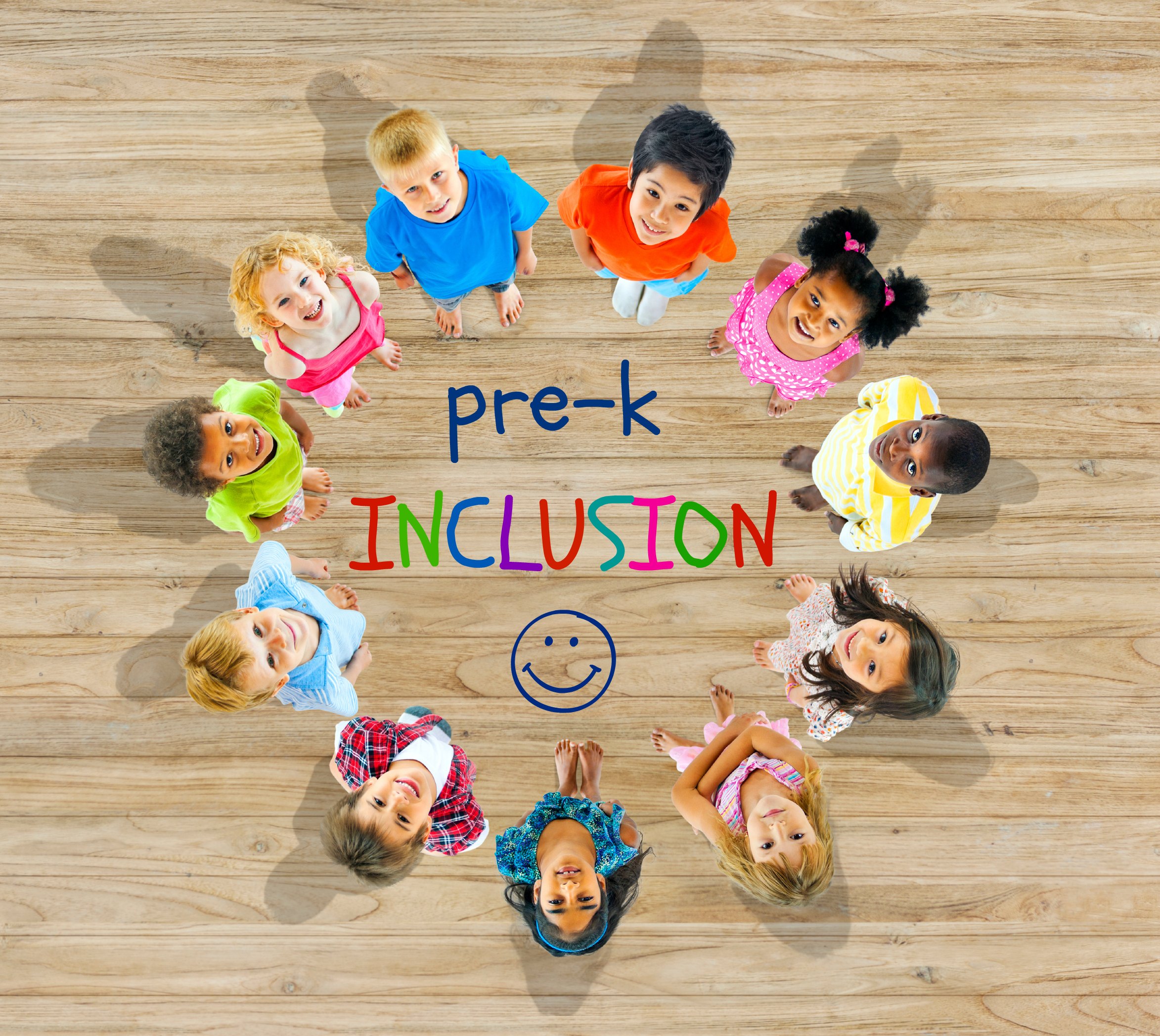
(*Teacher friends: this would be a great post to share with your favorite early childhood program director!)
If you’re an early childhood educator, you probably have the same dream we do: High-quality inclusive classrooms where all children learn and every kid’s needs are met. Sounds perfect, right? But if you’re just starting out with inclusion, that dream’s always wrapped up in practical questions:
Where do we start?
What do we need?
Is our program inclusion-ready now, or do we still have a lot of work to do?
This post–and the handy printable form below–will give you a starting point for gauging inclusion readiness by assessing your classroom’s physical characteristics. (In Thursday’s post, we’ll follow up with more helpful hints on sizing up a classroom’s social characteristics–stay tuned!)
Physical Characteristics of Inclusion-Ready Classrooms
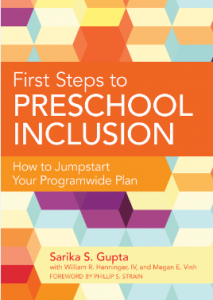 In First Steps to Preschool Inclusion, Sarika Gupta and contributors William Henninger & Megan Vinh include a practical planning tool for assessing 7 physical characteristics of your classroom. You can grab it below! While you’re filling it out, here are a few guiding questions (adapted from Gupta’s excellent book) you might consider for each area.
In First Steps to Preschool Inclusion, Sarika Gupta and contributors William Henninger & Megan Vinh include a practical planning tool for assessing 7 physical characteristics of your classroom. You can grab it below! While you’re filling it out, here are a few guiding questions (adapted from Gupta’s excellent book) you might consider for each area.
Classroom space
Questions to consider: Is your classroom on one level? If not, does it have ramps or other features that promote physical accessibility for all kids? If there are partitions between your centers, are they spaced widely enough to let walkers or wheelchairs pass through?
Questions to consider: Are the chairs all the same–plastic, with a solid back and no arms? If they are, then including some chairs with arms may be a better choice for children with postural issues. What about classroom materials–are they within easy reach for children sitting and standing?
Written schedule and routines
Questions to consider: Does your classroom have a clear written schedule posted in an area where children pass by frequently? When it’s time to transition to another activity, do you include an engaging verbal or visual prompt to ease the process for kids who find transitions challenging?
Centers and activities
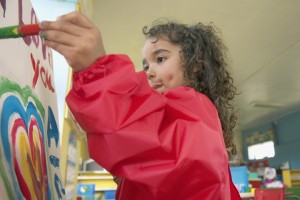 Questions to consider: In addition to your busy activity centers, does your classroom include a “quiet” or “cozy” area to promote self-regulation skills? Are all kids expected to sit on a carpet square during circle time, or are there alternative seating options (a chair with arms, an exercise ball) for children with postural or attention issues?
Questions to consider: In addition to your busy activity centers, does your classroom include a “quiet” or “cozy” area to promote self-regulation skills? Are all kids expected to sit on a carpet square during circle time, or are there alternative seating options (a chair with arms, an exercise ball) for children with postural or attention issues?
Number of adults
Question to consider: If you have multiple adults in your classroom–teachers, student assistants, volunteers–are they all familiar with their individual roles and responsibilities?
Number of children
Questions to consider: Are classroom materials and activities appropriate for children with a wide range of abilities and interests? Do your set aside time during each of your planning meetings to discuss supports for your learners with disabilities, challenging behaviors, and special medical needs?
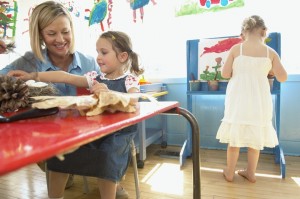 Ratio of adults to children.
Ratio of adults to children.
Questions to consider: Have you reviewed state and county requirements to ensure that the adult-to-child ratio in your classroom is appropriate for the ages of the children? If you have parent volunteers, do you clarify expectations for them so they understand their role?
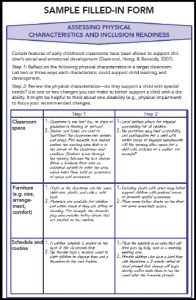 READY TO ASSESS YOUR CLASSROOM?
READY TO ASSESS YOUR CLASSROOM?
Review your classroom’s physical characteristics–and see if you’re inclusion-ready! Tap the button to get your planning tool now.
GET INCLUSION-READY
When you’re ready to learn all the nuts and bolts of an inclusive early childhood program, pick up First Steps to Preschool Inclusion for practical guidance based on research.
What do you think? What’s one way you’ve changed your classroom’s physical environment to better support the needs of all children? Share a suggestion in the comments below–and don’t miss Thursday’s post on the social characteristics of inclusion-ready classrooms!

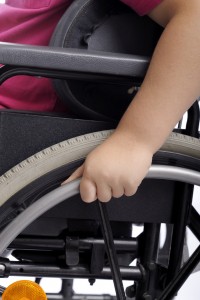

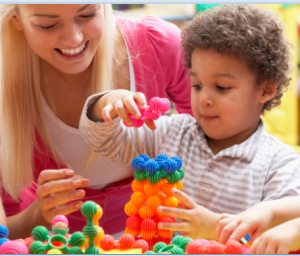



Write a Comment
Your email address will not be published. Required fields are marked *
Post a Comment